Ship museums are the most interesting sights. They seem to still have life in them, and all those sailboats, frigates, cruisers and even icebreakers are ready at any time. Some will tell you about the distant sailing of the past, while others – the achievements of military science in the twentieth century. Today, we invite you to wander through the old ships and modern submarines, which have become museums.
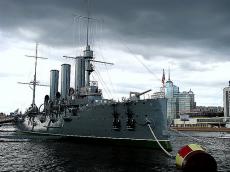 “Aurora”, Russia, St. Petersburg
“Aurora”, Russia, St. Petersburg
Cruiser, standing at Nakhimovsky college in St. Petersburg, is known not only for its historical single volley, which was the signal for the storming of the Winter Palace. The vessel was launched in 1900, floated a half-century and in 1957 became a museum. It was decided to make a cruiser training ship during the years of service it was able to visit in the Mediterranean Sea, off the coast of Africa and Madagascar, in the Far East to take part in the Battle of Tsushima and the two world wars. In 1945-1946 Aurora transformed to another legendary ship for some period of time- she played the role of the cruiser Varyag in the film.
“Argonaut”, France, Paris 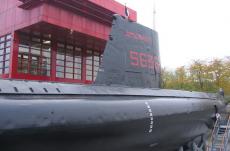
A small French diesel-electric submarine (length – 50 meters, the crew – 39 people) was first launched in 1958 and from 1991 exhibited at the Paris campus of Science and Industry La Vilett. Over the years, the vessel undertook 2000 days at sea, it was the flagship division of tulonsk submarines.
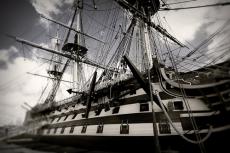 “Victoria”, United Kingdom, Portsmouth
“Victoria”, United Kingdom, Portsmouth
The ship, run flat on the water in 1765, became the flagship of the English Navy and is known today as the “ship of Nelson”. Huge military sailboat took part in many sea battles. In 1805 during the battle of Trafalgar on the Atlantic coast of Spain the English fleet commander Vice-Admiral Horatio Nelson was fatally wounded on the board of the ship. Since 1922, the ship embarked on eternal parking in the old maritime dock in Portsmouth. The sailboat received the same interior, which it had in the times of the legendary battle before the museum on the ship was opened.
“Vityaz”, Russia, Kaliningrad 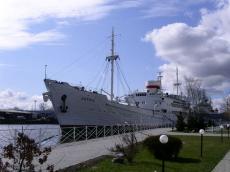
Now this ship has become a major exhibit of the museum of the oceans. Mess-room, room mate, and many other exhibitions are presented on the ship. However, the ship is not only interesting, but it also has a long and complicated history. It was launched in Germany in 1938 under the name Mars, after the war it came to Britain, where it stoped in the Empire forth, but a year later was transferred to the Soviet Union and was named Equateur. A few years later, it was decided to do transform it into a research vessel for USSR Academy of Sciences, and it was renamed Vityaz. Since then, the ship made a 65 runs in three oceans, and, according to scientists, has made a major contribution to science.
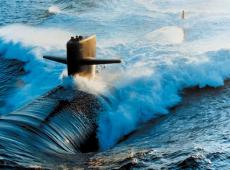 “Novosibirsk komsomolets”, Moscow, Russia
“Novosibirsk komsomolets”, Moscow, Russia
Just three years ago, the submarine found a haven on the shores of Himkinsk water park in Northern Tushino. Since 1981, the 90-meter vessel, has been plunging to a depth of 300 meters, to serve in the Soviet Northern Fleet, to fulfill tasks of patrolling the Russian borders in the Barents and Norwegian seas, and make trips to the Atlantic Ocean. Following the cancellation the boat was bought by Moscow Government. Various ambitious projects to install it near the walls of the Kremlin, on the pedestal in Central Park of Culture and Rest named after M. Gorky, or on the quay at the Bagration bridge have not been implemented.


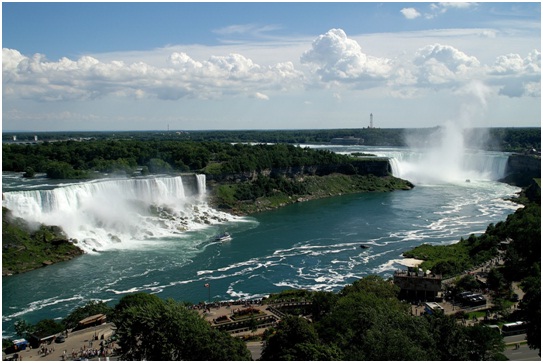
Nelson’s ship is called HMS Victory, not Victoria. I have a story on the ships in Portsmouth on my blog at http://www.travel-wonders.com/2009/08/naval-riches-portsmouth-england.html